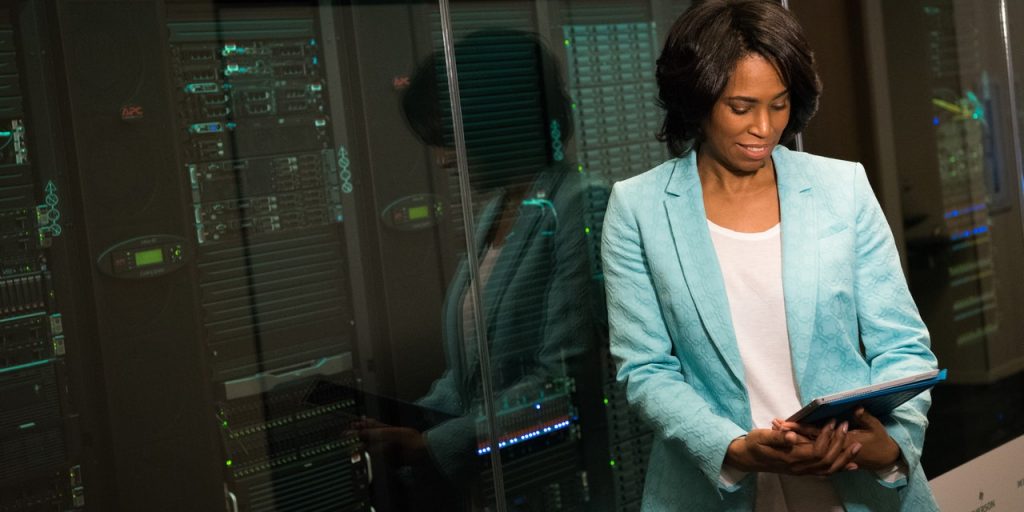Maintaining technology infrastructure during the COVID-19 pandemic
Unemployment and job layoffs are at a high, emergency responders are dealing with increased call volume, and the demand for public services is taxing state and local governments. For government IT, this means that critical systems have become even more important, especially as teams are separated, workloads are rising, and people are struggling with balancing personal and health concerns. Keeping teams connected, ensuring data security, and maintaining systems so that they can run smoothly is becoming increasingly important for governments at all levels—especially as there is no timeline for economies to reopen completely. This means that they have begun implementing measures to protect and maintain their technology infrastructures—during the pandemic and beyond.
Updating legacy systems
Although the use of legacy systems in governments has been criticized as of late, there is a reason that these systems are still used in some of our most important industries, including healthcare and financial services. That’s because legacy systems, specifically mainframes, are secure, reliable, and dependable. In fact, a single mainframe can process over 12.6 billion transactions a day, making it the ideal platform for the increased demand that local governments are seeing. Updating legacy systems ensures that organizations are able to meet current and future demands. There is a shift in the market to modernize and optimize, rather than re-platformize, as it is more effective and cost efficient than replacing the system all together.
To ensure efficiency, governments must prioritize modernization. This means implementing applications and tools to help users get on-board faster. Modern interface tools can also help developers create rich and interactive web and mobile user experiences. In turn, this will allow end-users to use services quickly and efficiently, especially as demand rises. Government organizations have also found it essential to democratize the mainframe software to ensure it is accessible by a variety of programmers. Following the issues that several states experienced in finding COBOL programmers, there has been an increased focus on broadening the languages used in IT systems. As legacy languages are phased out, it is important to have systems accessible to multiple, and more modern, programming languages.
Improving off-site access
With stay-at-home orders still in place, governments have been forced to practice what they preach and have their employees work from home. This means updating their IT infrastructure to support remote working. Integrating IT with tools that promote communication between individuals and teams has become a priority. Access to key data is also pivotal to keeping local governments running, which has resulted in cloud integration. This means adopting hybrid IT environments and ensuring that cloud providers integrate well with existing systems. It also means choosing a cloud provider that is secure to prevent or reduce the chance of data leaks. IT workers have also gone remote, meaning that they need improved access to help them monitor networks and handle service requests quickly.
Enhancing security measures
Along with improving the ability for employees to work remotely, governments are prioritizing security to keep their IT infrastructure and data safe. With thousands of people still under stay-at-home orders, accessing and sharing sensitive data is occurring on uncontrolled, residential internet connections. IT companies have already seen an increase in cybersecurity attacks since the pandemic started. This means that security measures need to be enhanced to safeguard access to files.
Although we are already seeing improved security on programs, mail filtering, data loss prevention (DLP), and endpoint security, government organizations are also making sure that their IT departments are enhancing security measures for their hosted programs and accounts. This includes adopting multi-factor authentication to all work devices and accounts. Multi-factor authentication increases password strength as it requires multiple sources of information to login, including passwords or phrases, biometric authentication, or one-time passcodes. This reduces the chance that secure accounts will be hacked. Branches are also implementing zero trust networks, where access to specific data and resources is only granted on an as-needed basis. All of these enhanced security measures are important for remote working, but they need to be combined with improved employee education. Most employees will have no idea about the threats to security that arise when working remotely, so ensuring that employees are up-to-date on new attacks and how they can protect their accounts is crucial.
Proactive preparedness
For government agencies, maintaining IT infrastructure is a balance between investing for the current needs and predicting what the future holds. With a recession expected and budgets getting slashed, IT infrastructure needs to hold up for the future. State and local governments across the U.S. have been implementing solutions that will help prepare them for a future where remote work will be increasingly common, public services demand will soar, and technology can help fill the gap as employees become overwhelmed. Keeping systems running during this crisis, and preparing for potential crises should be prioritized when considering how to maintain and protect IT infrastructure.
Brent Harvey is the Vice President of Sales for the West at Rocket Software. He has over 25 years of experience in enterprise technology, with companies including Sophos, Cvent Quickmobile and Crystal Decisions.




















